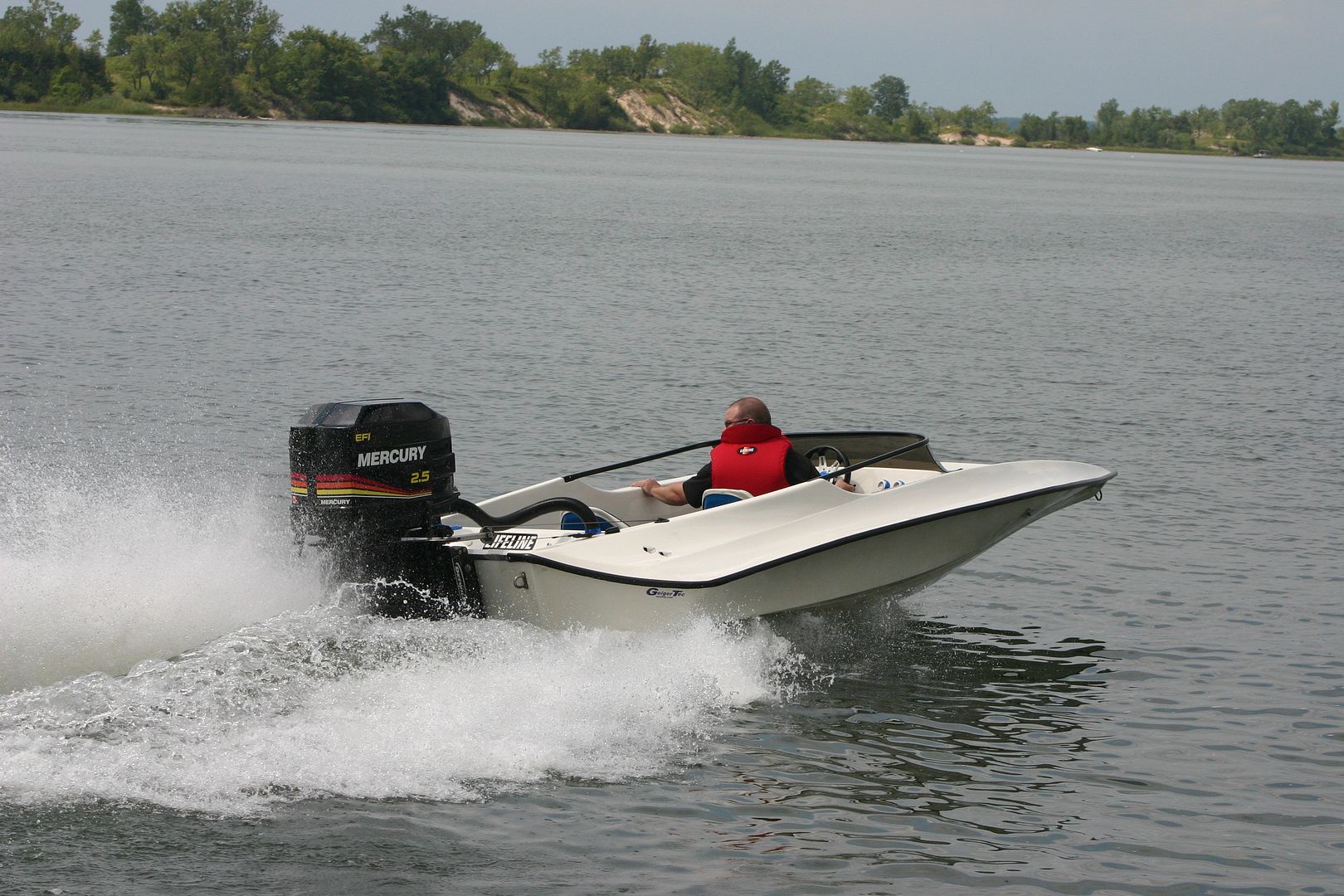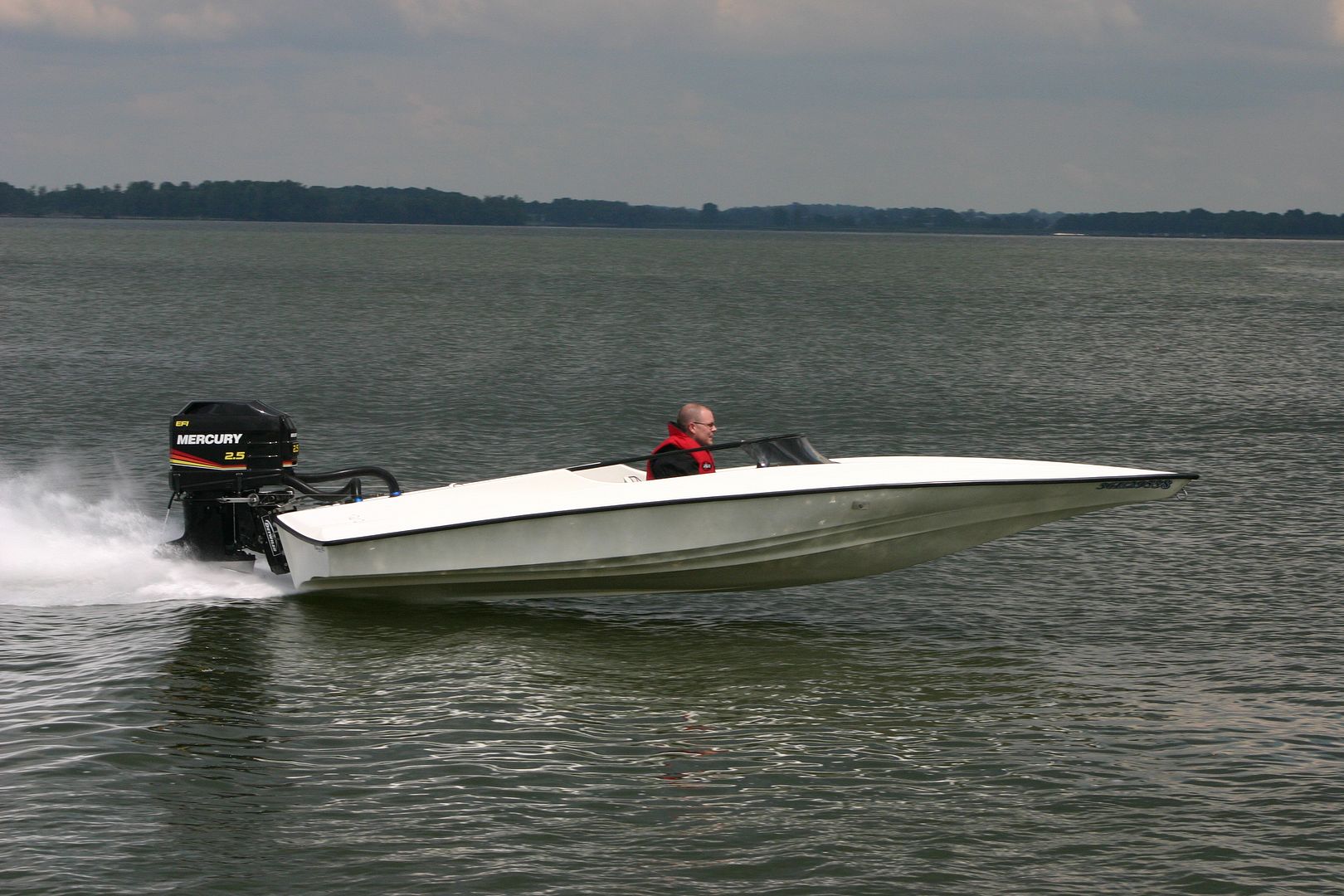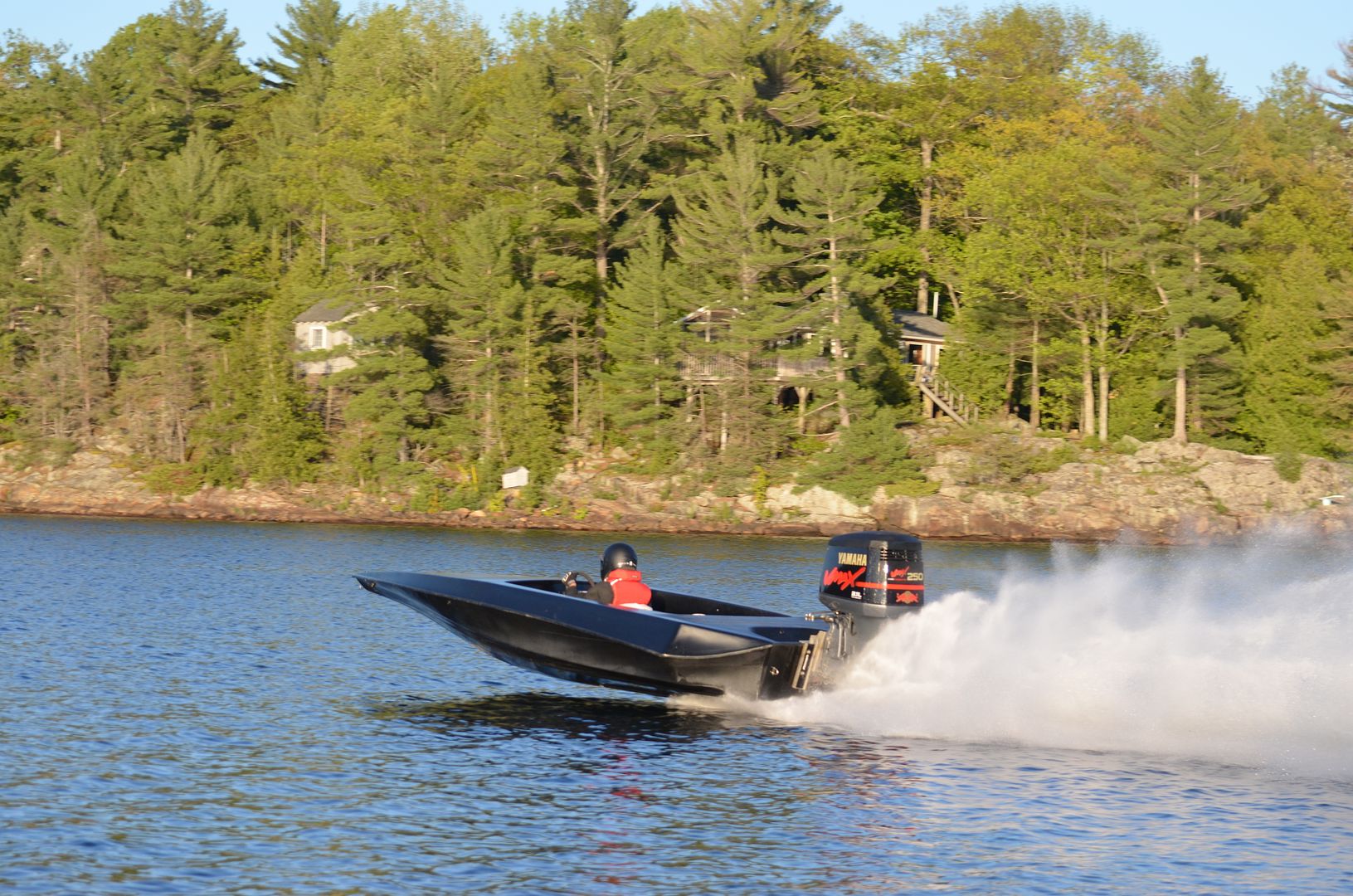SPECIFICATIONS:
Boat Type -
YT: Modified-Vee
V-Bottom: Pad-Vee
Length: 17'9"
Beam: 89"
Transom Height -
YT: 24"
V-Bottom: 22-1/2"
Recommended HP -
YT: 150 - 175
V-Bottom: 85 - 175
Seating: 2 Buckets & Rear Bench (1978 and older models had back to back front seats and no rear bench)
Approximate Weight -
YT: 675 lbs
V-Bottom: 625 lbs
Fuel Capacity -
YT: 24 Gallons
V-Bottom: 16 Gallons
The Viking was introduced in 1978. It was developed in response to the newly introduced V6 engines. Though the deck is similar in design to its sister Vector, the hull underneath is completely different and can carry the weight of the heavier V6's much better. The Vector is a slightly faster hull, but the Viking is a better all-around lake boat. It is arguably the finest V-bottom model HydroStream ever made for V6 power, and it is my personal favorite.
This model was initially called the Viking (Minnesota/Viking connection) but not long after it came out, HydroStream received a letter from the Viking Boat Co. This boat company had the Viking name trademarked and threatened to sue HydroStream unless they dropped the name. Pipkorn probably could have fought it, but by dropping the "i" he came up with the V-King name which he actually preferred because of the connotation "King of the V-bottoms".
Ron Baker Sr. was given the assignment by Pipkorn to develop the Viking, a hull that would take the Vector and improve on some of its less desirable characteristics. Ron took the Vector and - similar to what he did to create the Vulture - cut the boat in two right behind the windshield. From the windshield forward only slight tweaking was done. It was from the windshield back that things really happened. Ron took this section, flipped it over, and added a plywood piece onto the pad (for the plug) that made it straight and flat. He then reshaped the frontal hull area putting more of a V back into it, and removed some of the strakes in the rear. Originally, the strakes were going to be worked on (to eliminate the porpoising experienced with the Vector) and left in, but Pipkorn wanted the boat to be more easily made, so the one set was completely removed. This all resulted in a more stable hull, less porpoising, and one that turned much better in the corners (the sharper V in the front helped shed the water better). He also narrowed the pad somewhat. The reason was to try to make the ride a little softer as long as the pad could still carry the weight of the boat at the higher speeds - which of course it did very successfully.
The Viking is a very stable boat; however, the driver must be very careful with the trim control at high speeds. Too much trim and the Viking will without warning suddenly lift straight up in the air, and often up-and-over. Be judicious with the trim (it is not a "go" button!) and you will be fine. The Viking is very forgiving when letting up suddenly on the gas, and blowout as well is usually not disastrous as the boat will tend to just lay down. Optimum motor height is usually with the propshaft about even with the bottom of the pad. As with all rigs, this height will vary from boat to boat depending on motor horsepower, gearcase, and prop being used. Favorite props (again depending on HP, gearcase, and intended use) lean to the Merc cleaver, inline chopper, Lightning ET, and OMC SRX.
A few Member's V- kings:
P@'s Vking


Shivers V-King

A decedent of the V-king is the Valero using the same bottom but different deck
















